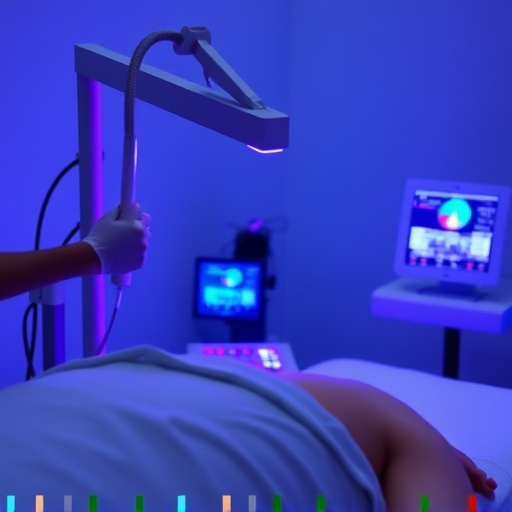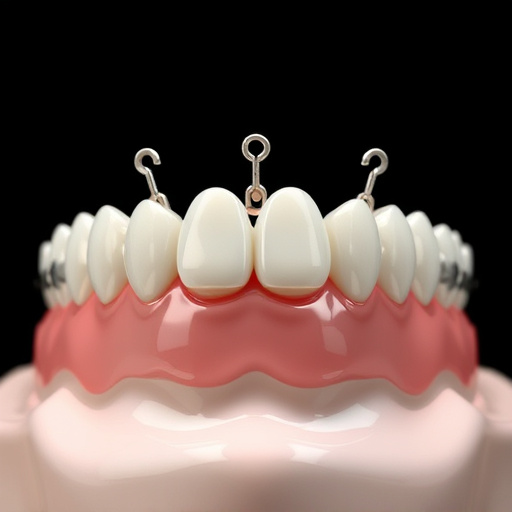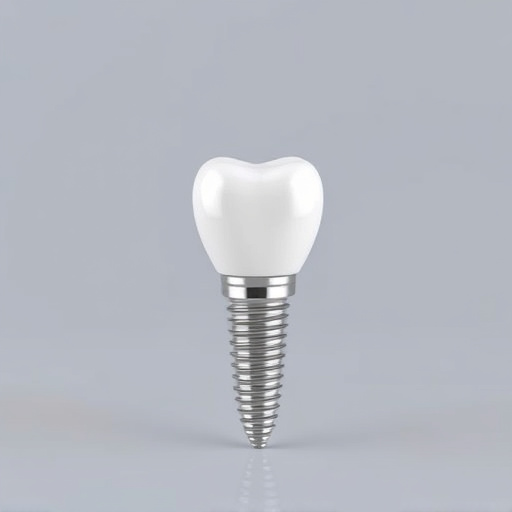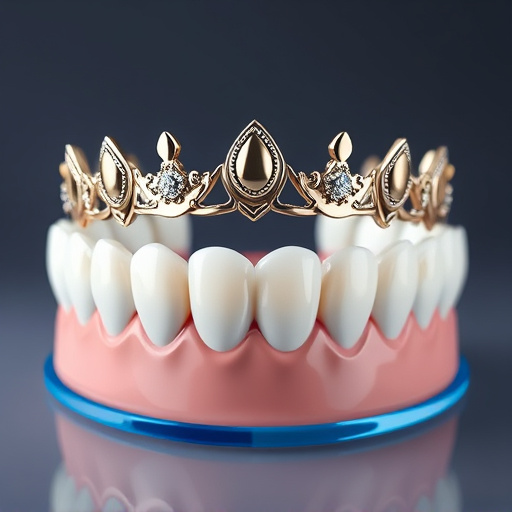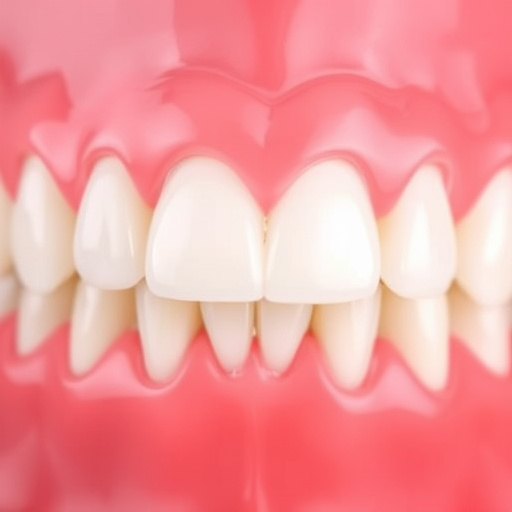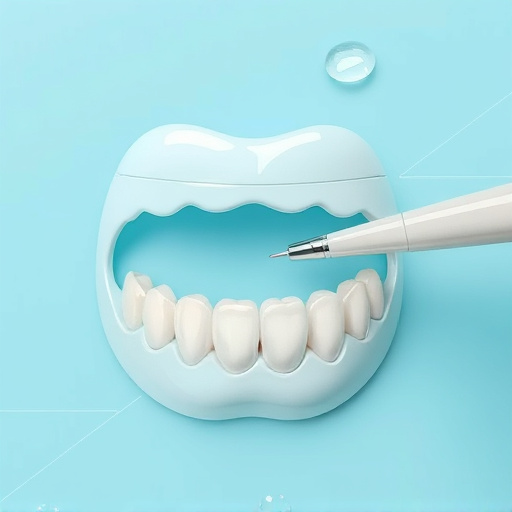Tooth decay, caused by bacteria and acidic erosion, is preventable through a comprehensive preventive dentistry program. This includes regular cleaning, exams, education on oral hygiene, limiting sugars, and professional cleanings every six months. Dental sealants protect vulnerable teeth. A community-focused approach with workshops and awareness campaigns reduces decay, promoting equitable access to restorative services and overall well-being.
Discover how a comprehensive preventive dentistry program can dramatically reduce tooth decay, fostering better oral health. This article explores the multifaceted approach to oral care, delving into the science behind tooth decay, identifying key prevention strategies, and highlighting effective program components. Learn about community-driven initiatives that promote sustainable oral hygiene habits, ultimately leading to healthier smiles and reduced dental treatment needs.
- Understanding Tooth Decay: Causes and Prevention Strategies
- Key Components of an Effective Preventive Dentistry Program
- Implementing and Maintaining Oral Health Through Community Initiatives
Understanding Tooth Decay: Causes and Prevention Strategies

Tooth decay is a common oral health issue that can be prevented with proper care and understanding. It occurs when bacteria in the mouth feed on leftover food particles, producing acids that erode tooth enamel over time. This process leads to cavities, which can cause discomfort, infection, and even tooth loss if left untreated. The good news is that a preventive dentistry program can significantly reduce the risk of tooth decay.
Preventive dentistry focuses on maintaining oral health through regular cleaning, exams, and education. By adopting a comprehensive approach, individuals can protect their teeth from decay. This includes practicing good oral hygiene at home by brushing twice daily with fluoride toothpaste and flossing regularly. Additionally, limiting sugary foods and drinks, which fuel the growth of harmful bacteria, is essential. Other preventive strategies involve professional dental cleanings every six months to remove plaque buildup and applying dental sealants or coatings to protect vulnerable teeth from decay, such as those in the back of the mouth where food gets trapped easily.
Key Components of an Effective Preventive Dentistry Program
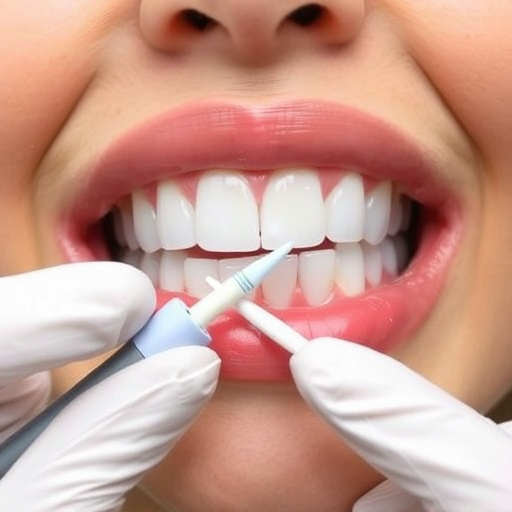
A comprehensive preventive dentistry program is designed to promote oral health and reduce the risk of tooth decay through a multi-faceted approach. Key components include regular dental cleanings, which remove plaque buildup and prevent the formation of cavities. Educating patients on proper brushing techniques and the importance of daily flossing is also vital, as it empowers them to maintain their oral hygiene at home between professional visits.
In addition, a preventive program often incorporates dental examinations that detect potential issues early. This includes checking for signs of tooth decay, gum disease, and other oral health problems. By addressing these concerns promptly, family dentistry professionals can prevent minor issues from escalating into more serious and costly treatments, such as the need for dental crowns to restore damaged teeth.
Implementing and Maintaining Oral Health Through Community Initiatives

Implementing a comprehensive preventive dentistry program is a powerful strategy to reduce tooth decay within communities. This approach focuses on proactive measures and education to promote oral health from an early age. By integrating community initiatives, such as dental health workshops in schools and public awareness campaigns, individuals can gain valuable knowledge about proper oral hygiene practices. These initiatives teach children and adults alike the significance of regular teeth cleaning, including brushing techniques and the importance of a balanced diet for maintaining healthy teeth and gums.
Community-driven programs also facilitate access to essential restorative dentistry services, ensuring that anyone, regardless of their socio-economic status, can receive timely care. This collaboration between healthcare providers, schools, and community organizations fosters an environment where oral health is prioritized, leading to long-term benefits for overall well-being. Through these collective efforts, communities can significantly reduce the prevalence of tooth decay, creating a healthier future for children’s dentistry and promoting a vibrant, healthy smile in every individual.
A well-structured preventive dentistry program, encompassing education, regular check-ups, and community initiatives, is key to significantly reducing tooth decay. By focusing on early prevention and accessible care, we can foster better oral health outcomes for all. These strategies not only benefit individuals but also contribute to a healthier, more vibrant community.



